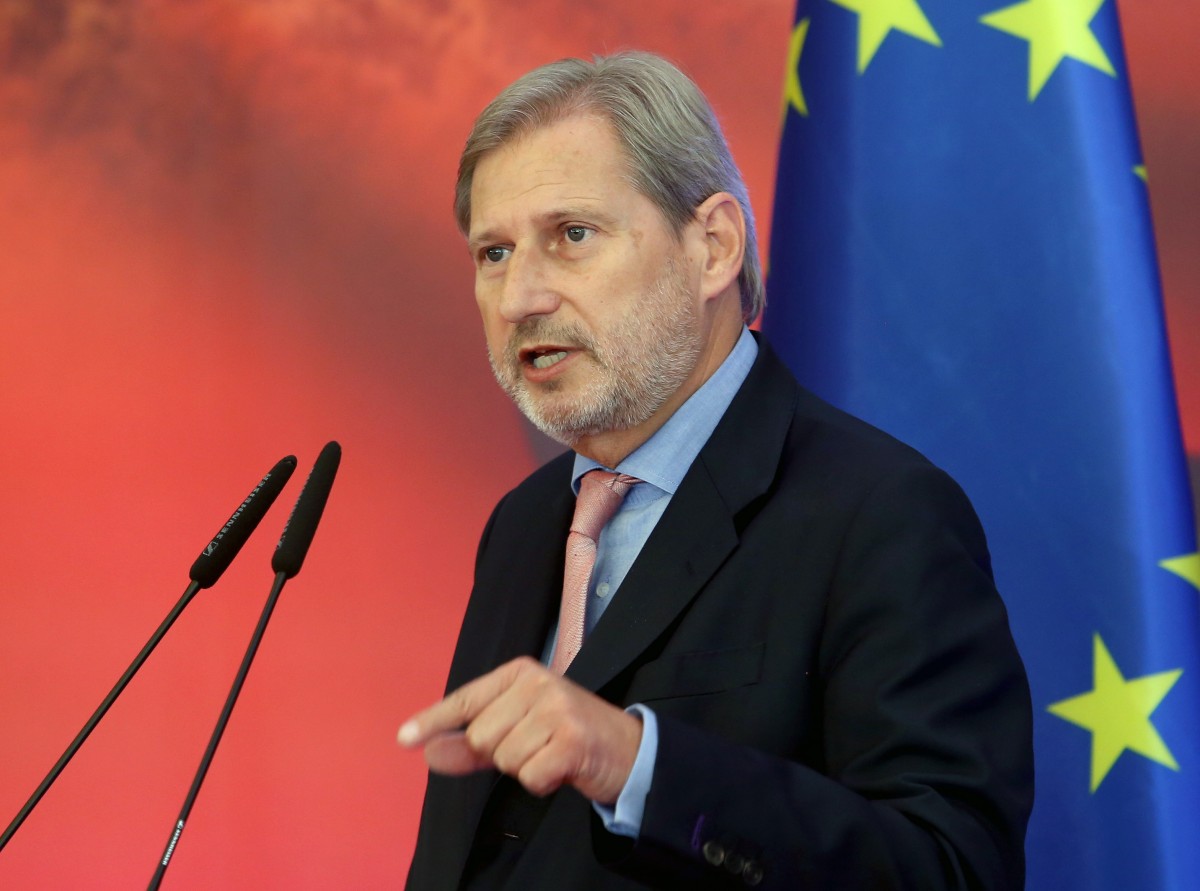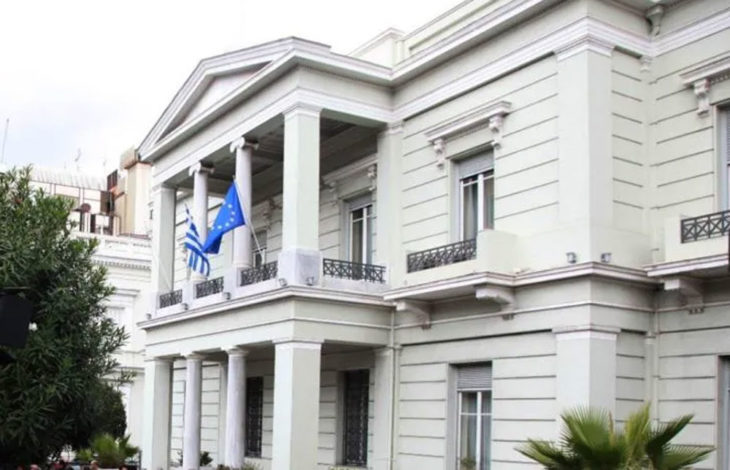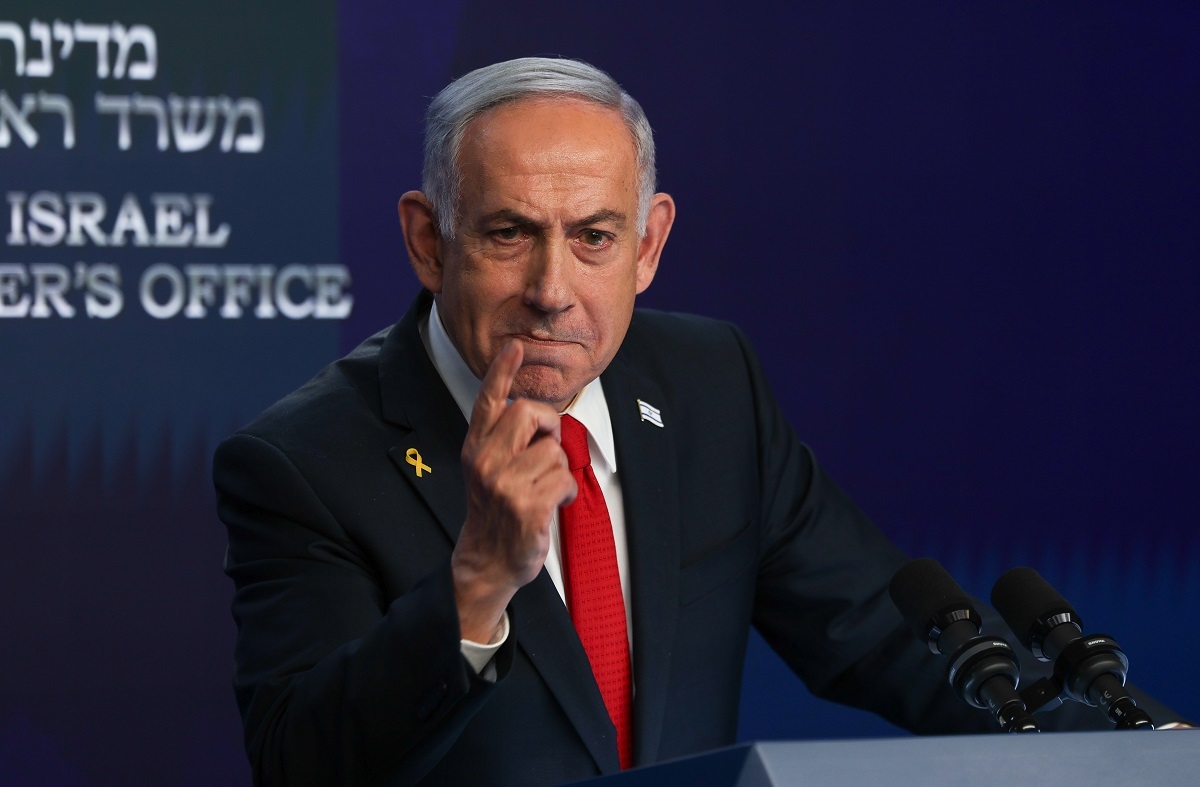
ENGLISH SECTION
04/07/2025 | 06:29
Israel, Iran, and the Strategic Recomposition of the Middle East: Turkey navigates in an opportunistic, transactional way, and is acutely aware that regional entropy can be monetised
By Euripides L. Evriviades* – Nicosia
The events which have been unfolding in the Middle East between Israel and Iran, are not just another regional flare-up. They are not episodic. They are systemic.
The Israeli–Iranian confrontation, ignited by Israeli Operation Rising Lion on 13 June, marks a strategic rupture. A geopolitical inflection point. It’s a new phase in the ongoing redrawing of the geopolitical map of the Middle East. It accelerates the emergence of a new regional security architecture the results of which remain to be seen. Will they produce peace and security, or uncertainties and chaos?
The objectives of Israel were threefold: decapitating Iran’s nuclear command structure; degrading its missile capabilities; and reestablishing Israeli deterrence in a region where ambiguity no longer guarantees survival.
- Regime change in Teheran may have been a latent Israeli aim but it’s highly unlikely, at least for now. PM Netanyahu had invoked the rhetoric of “total war,” while President Trump demanded Iran’s “unconditional surrender” before bombing Iran, while concurrently sponsoring a ceasefire and promising peace.
The Israeli operation was sweeping, deliberate, and calculated. Key nuclear facilities have been hit. Senior Iranian commanders and nuclear scientists have been eliminated. What for decades was a shadow war has burst into full daylight.
Iran’s nuclear program has been seriously degraded—but it may not be completely destroyed. President Trump has declared Iran’s nuclear program “totally obliterated,” likening the operation to a ‘Hiroshima moment.’
- Leaked intelligence reports, however, primarily from the US and Israel, confirm that roughly 400 kilograms of 60% enriched uranium were covertly moved from Fordow to an undisclosed fortified site. If so, the core capabilities of Iran seem to remain intact.
The retaliation of Iran was swift and emphatic. Hundreds of drones and ballistic missiles targeted Israeli cities, infrastructure, and military installations.
Despite sustaining heavy hits, Iran continued to retaliate with intensity—suggesting that Israel may have underestimated the resilience and depth of Tehran’s ballistic missile programme. The confrontation moved from proxy warfare to direct state-to-state combat. Civilian suffering escalated. The rules of warfare appeared to have collapsed.
- This latest war between Iran and Israel, cannot be viewed in isolation. It is the violent continuation of a trajectory that began soon after the collapse of the pro-western and pro-Israeli regime of the Shah and its replacement by an Islamic theocracy (1979-80).
- It accelerated, a decade ago, with the collapse of Libya, the fragmentation of Iraq and Syria, the militarization of Lebanon, the weaponization of Yemen, the radicalisation of Gaza, and more.
The anti-Israeli regime of the Mullahs in Teheran cultivated a strategy of deterrence through diffusion—arming, training, and directing a web of proxies from Gaza to Yemen against the West and Israel with a network of terrorist organisations, including Hamas, Hezbollah, and the Houthis.
Their declared objective remains the destruction of Israel. The Gaza war has demonstrated that the containment strategy of Israel had failed, even if it is true that the proxies of Iran have been effectively dealt with.
- The US was not operationally engaged from the outset in this recent conflagration. But it is now abundantly evident that there has been coordination from the beginning with regards the strategy of the Israeli decapitation attacks.
Washington entered the war —striking Iranian nuclear sites at Fordow, Natanz, and Isfahan using B-2 bombers. This was the American version of “nuclear decapitation” which Israel was militarily incapable of carrying out.
In response to the US attack, Iran targeted US assets in the region, including a missile barrage on the Al-Udeid base in Qatar, but warning all concerned of the coming attack.
In its aftermath, and in light of the Trump arranged ceasefire, speculation has been rampant that the Iranian attack was part of a prearranged setup to allow Teheran to save face. The whole incident took a weird aspect with Trump “thanking” Iran for its “warning,” noting of no casualties and limited damage.
- The ceasefire announced by President Trump on 24 June was short-lived. Hours later, Israeli airstrikes targeted an Iranian radar near Tehran, and missiles from Iran struck targets in southern Israel.
- Trump, in yet another of his trademark outbursts, lashed out at both sides, saying, “They don’t know what the f—k they’re doing.”
This is the Middle East, where ceasefires often collapse within hours. Trump’s dual role as broker and critic reflects not only a volatile theatre, but also his need to balance foreign policy moves with domestic optics. His instinct for bold headlines competes with the complexity of real-time crisis management.
The net effect is strategic noise, i.e., projecting strength to supporters, while creating uncertainty among allies and adversaries alike.
Despite President Trump’s unequivocal statement that “the conflict between Iran and Israel is over”, Washington now faces its ultimate stress test. It must back Israel; contain escalation; ensure the ceasefire holds; and lay the groundwork for a sustainable modus vivendi—while preserving strategic credibility.
- Gulf allies watch nervously. Rivals detect drift. Trump’s preference for burden-shifting to regional actors now collides with the limits of American disengagement. The costs of ambiguity rise as the region recalibrates in real time.
Meanwhile, global markets were initially rattled. Oil prices spiked. Red Sea shipping faced threats. The Suez Canal and the Strait of Hormuz loomed large. But recent trends show a cooling effect, suggesting that markets may be better judges of reality than sofa strategists.
Oil prices are now dropping as markets interpret the ceasefire—however fragile—as a signal of de-escalation. The Strait of Hormuz remains open. For now, the worst-case economic scenarios have been averted. One could argue that Israel has met its minimum strategic objectives. Others may say that the can, though severely tented, has merely been kicked down the road.
So, are we witnessing the ongoing redrawing of the map the Middle East?
- Not in territorial borders, at least not yet. But in alignments, postures, and strategic doctrines, we do. The old architecture—built on Pax Americana, Israeli–Arab normalisation, and hopes of a nuclear accord with Iran—is collapsing. In its place emerges a fluid, risk-laden order, still searching for a sustainable modus vivendi.
This was not merely a war. It continues to be a regional reckoning. A test of doctrines, alliances, and the durability of international norms.
Cyprus cannot remain on the sidelines. It lies exposed to military, economic, and informational shockwaves. As the only EU member in the region, and credible regional actor,
- Cyprus must speak with strategic clarity: defend international law and a rules-based international system, promote de-escalation, and assert geopolitical relevance. It must also continue to offer all possible humanitarian assistance, including evacuation corridors, emergency relief, and repatriation support. Silence is absence—not neutrality.
The EU, by contrast, finds itself yet again on the margins of history. Its calls for restraint echo into the void. Divided, hesitant, and reactive, the EU remains a declaratory power in a kinetic world. If it seeks to be geopolitical actor to be reckoned with it must act—not merely comment—especially in its own neighbourhood.
Turkey, meanwhile, hedges. It condemned Israel at the outset, but later softened its stance. It engages Iran, hosts NATO assets and seeks leverage with Washington. Ankara pursues calculated ambiguity.
- On the other hand, it fears Kurdish uprisings across its own borders should Iranian instability spill over. But it also sees opportunity in the chaos.
- Neither fully aligned nor fully detached, Turkey navigates in an opportunistic, transactional way, and is acutely aware that regional entropy can be monetised. A weakened Iran is in its interest. Ankara aspires to feel the vacuum.
What follows may not be peace. But it will not be a return to the status quo ante. We have been entering a new phase: a Middle East without a clear arbiter, where power, deterrence, and survival are recalibrated. The reverberations will be global. And Cyprus, Europe, and the wider world will have to reckon with the consequences.
* Euripides L. Evriviades
Ambassador (Ad Hon.), former Ambassador to the US and High Commissioner to the UK. Senior Fellow, Cyprus Center for European and International Affairs, University of Nicosia.







